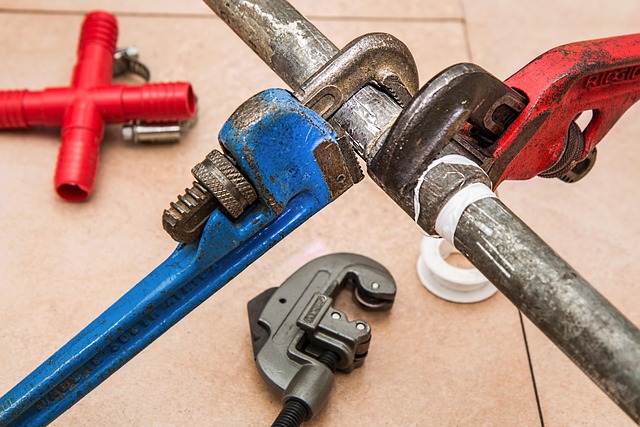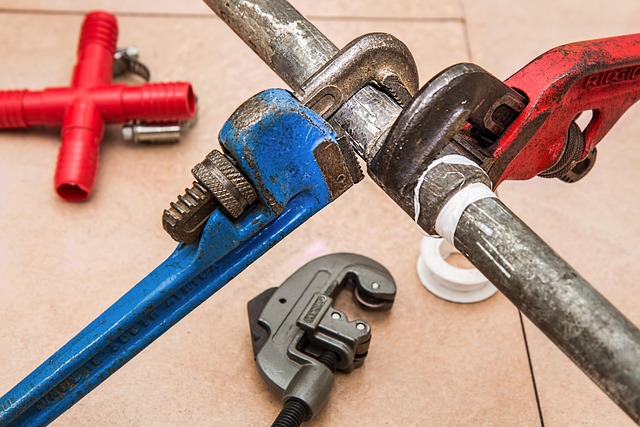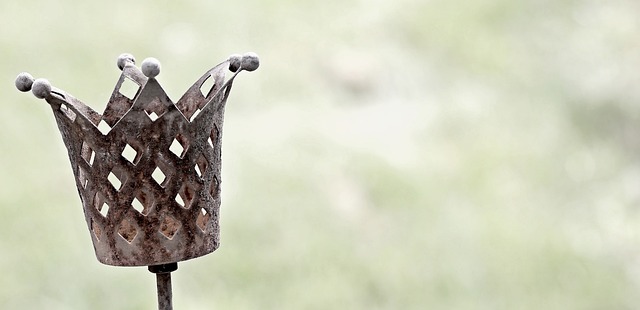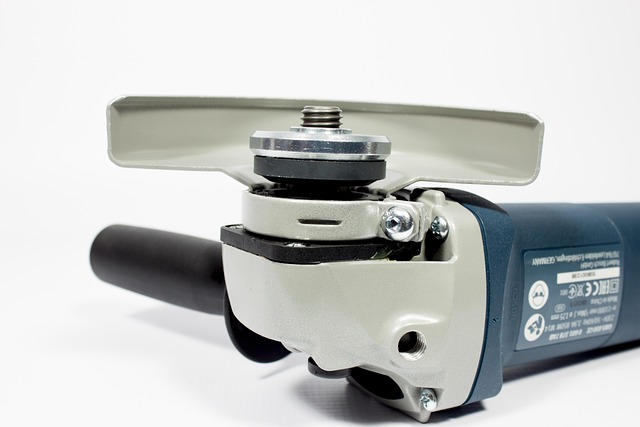Rust, caused by oxygen and moisture, damages metal surfaces. Identifying surface or penetrating rust guides repair methods like grit-blasting, chemical treatments, and priming. Select Rust Repair offers thorough inspections, skilled techniques, and strategic preparation for restoration. Preventative measures include regular inspections, proper surface prep, and using high-quality rust repair products to barrier future corrosion.
“Meet the dedicated team revitalizing metal structures with their expert rust-busting skills. This comprehensive guide unravels the science behind rust, offering a strategic approach to preservation. From identifying causes and types of damage to a detailed step-by-step repair process, we equip you with the knowledge for successful select rust repair. Learn about essential tools, surface preparation techniques, and preventive measures to safeguard against future corrosion.”
- Understanding Rust: Causes and Types of Damage
- Tools and Techniques for Select Rust Repair
- Preparing Surfaces: Cleaning and Priming for Restoration
- Step-by-Step Guide to Effective Rust Removal
- Preventive Measures: Protecting Against Future Rust Buildup
Understanding Rust: Causes and Types of Damage

Rust is a common issue that can plague various surfaces, including metal structures and vehicles, leading to unsightly stains and potential structural damage if left unchecked. Understanding its causes and types of damage is key in selecting the best rust repair method. The primary cause of rust is corrosion, which occurs when metal comes into contact with oxygen and moisture. This process accelerates when salt or other chemicals are present, making coastal areas particularly susceptible to rust formation.
There are several types of rust damage, each requiring a specific approach for effective repair. Surface rust, the most common form, appears as reddish-brown spots and can often be removed with mild abrasives and chemical treatments. Penetrating rust, on the other hand, has worked its way into the metal’s structure, necessitating more intensive methods like sandblasting or using specialized car body rust repair kits for comprehensive restoration. Industrial strength rust inhibitors can also play a crucial role in preventing future damage, especially in harsh environments.
Tools and Techniques for Select Rust Repair

When it comes to Select Rust Repair, the team employs a meticulous approach, combining both traditional and modern techniques. They begin by thoroughly inspecting the affected area, identifying the severity and type of rust present. This critical step ensures that the restoration process is tailored to each unique challenge. For minor surface rust, a simple grit-blasting treatment may be sufficient to remove loose debris and expose the underlying metal.
For more extensive rust damage, especially on antique or vintage items, chemical treatments are employed. These specialized solutions eat away at the rust, effectively breaking it down into manageable components. Once the rust is removed, skilled technicians use fine-grit sandpaper to smoothen the surface, preparing it for the next phase of restoration. This meticulous attention to detail is what sets apart top-notch rust removal services, ensuring that restored items look as good as new.
Preparing Surfaces: Cleaning and Priming for Restoration

Before any restoration work begins, preparing the surfaces is a crucial step in the process. This involves thoroughly cleaning the rusted areas to remove any loose debris, oil, or grease that might hinder the repair. A combination of pressure washing and chemical solvents can effectively eliminate surface contaminants, ensuring a clean slate for the next stage.
Once cleaned, priming the surface with an appropriate primer is essential. This step acts as a barrier between the rust and the final coat of paint, preventing further corrosion. Select a high-quality rust repair primer that’s suitable for automotive or metal surfaces, depending on the project. Priming not only enhances adhesion but also provides a smooth base for painting, ensuring long-lasting results in both aesthetic appeal and structural integrity, especially when tackling rusted car body repairs or considering natural rust remover solutions as part of your home remedies for rust stain removal.
Step-by-Step Guide to Effective Rust Removal

Rust removal is a meticulous process that requires careful planning and the right tools to achieve effective rust busting. Here’s a step-by-step guide for tackling this age-old problem, with a focus on select rust repair methods. Firstly, assess the extent of the rust on metal surfaces. This initial inspection determines the severity of the issue and guides your choice of treatment.
Next, prepare the workspace by donning protective gear, including gloves and goggles. This safety measure is crucial to shield you from harsh chemicals and fine rust particles. Once ready, start with a thorough cleaning using a wire brush or sandpaper to remove loose rust and debris. After cleaning, apply a suitable rust converter or primer designed to combat corrosion. These products create a protective barrier, preventing further rust formation while providing a stable surface for painting or coating. Finally, consider implementing prevention techniques for rust by sealing the treated area with a high-quality clear coat or epoxy, especially in environments prone to moisture and humidity. Restoring antique rusty items requires special care, combining these steps with gentle cleaning methods and traditional restoration techniques for a meticulous outcome.
Preventive Measures: Protecting Against Future Rust Buildup

Preventive measures are a crucial aspect of any successful rust-busting restoration effort. After addressing existing rust damage through techniques like removing rust from tools and meticulous metal surface preparation before painting, it’s essential to implement strategies that safeguard against future buildup. This involves regular inspections to identify potential hotspots for rust formation and prompt action to address them. Home repair for rust damage doesn’t end with treatment; it begins a continuous cycle of maintenance.
Coatings play a significant role in preventing rust. Selecting the right rust repair products, such as high-quality paints or sealants designed to resist corrosion, can create an impenetrable barrier on metal surfaces. Additionally, proper surface preparation is key; ensuring the metal is clean, dry, and free from contaminants allows for better adhesion of protective coatings, extending their lifespan and enhancing overall resistance to rust.
Rust can be a persistent problem, but with the right knowledge and tools, it’s possible to effectively restore affected surfaces. By understanding the causes and types of rust damage, selecting appropriate repair methods like our recommended select rust repair techniques, and implementing preventive measures, you can safeguard your possessions from future corrosion. Remember, proper surface preparation, including cleaning and priming, is key to achieving long-lasting results. With dedication and these expert tips, restoring rusted items becomes a feasible and rewarding task.
